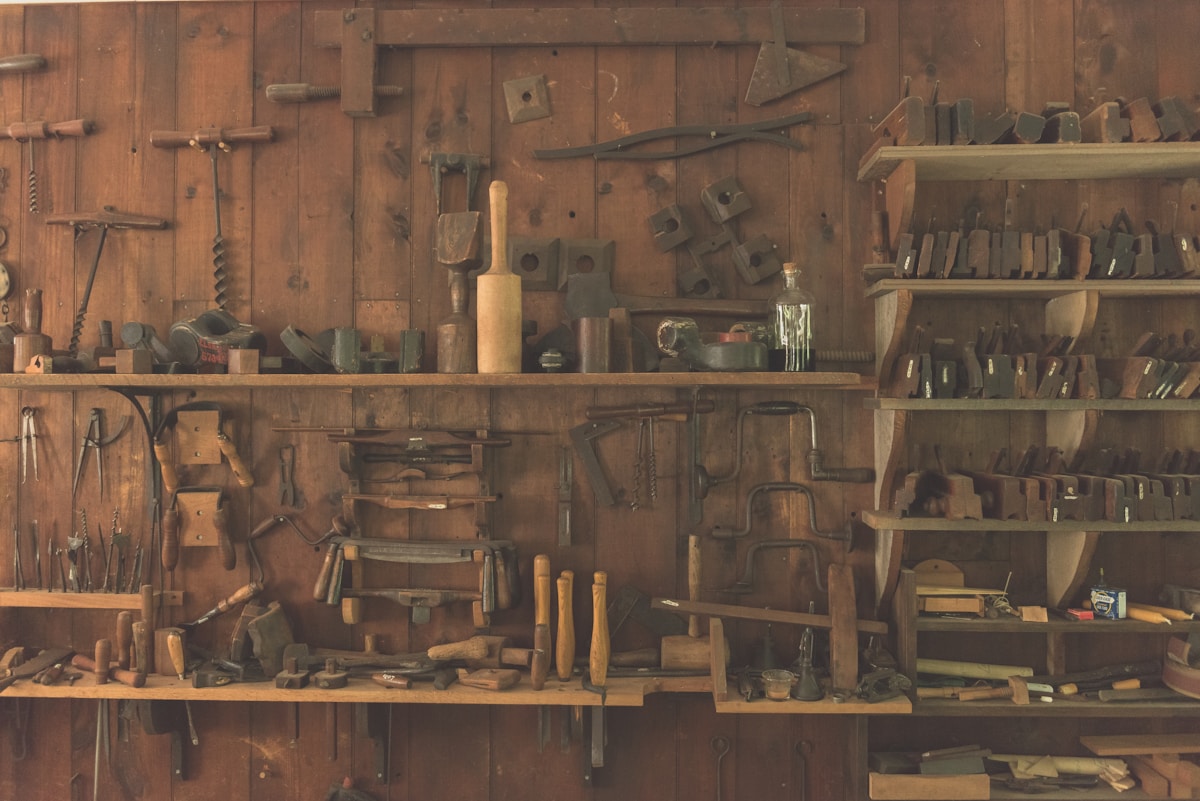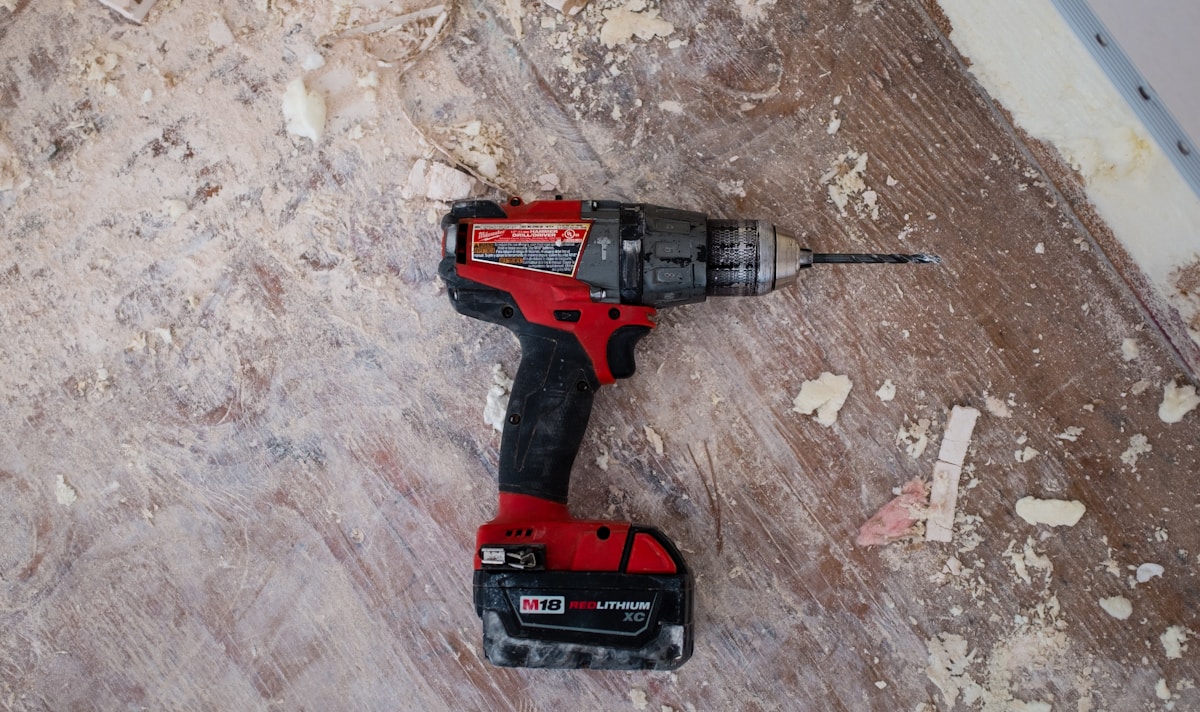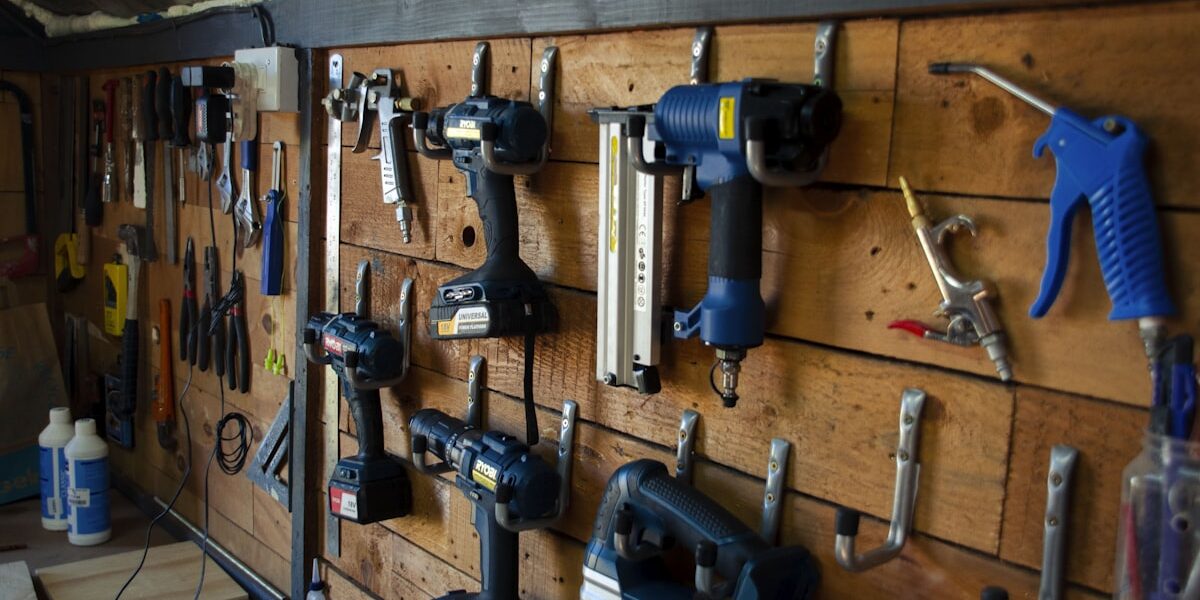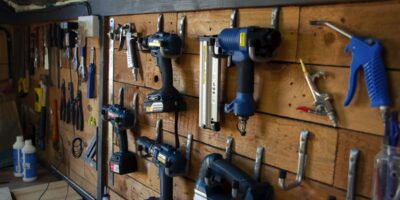How to Build a Rabbet Joint Box
How to Build a Rabbet Joint Box
Many woodworking enthusiasts seek to improve their joinery skills. One fundamental technique is the rabbet joint. This guide covers how to build a rabbet joint box, useful for both beginners and seasoned woodworkers.
Understanding the Rabbet Joint
A rabbet joint is a type of recess or groove cut into the edge of a piece of wood. When assembling two pieces of wood, this groove acts as a slot for the adjoining piece. It adds stability and increases the gluing surface, making it stronger than simple butt joints.

Rabbet joints are often used in cabinet making, picture frames, and boxes. They are versatile and can be cut on the table saw, router table, or with hand tools.
Required Materials
- Wood pieces (for the box)
- Table saw or router
- Wood glue
- Clamps
- Sandpaper
- Nails or screws (optional)
- Measuring tape
- Pencil
Preparing the Wood
Start by selecting the appropriate wood pieces. Solid hardwoods like oak or maple are ideal for durability. Cut the wood to your desired dimensions. Ensure the edges are straight and the surfaces are smooth.
Measure and mark where each rabbet cut will be. Typically, the depth of the rabbet is half the thickness of the wood. For example, if your wood is 1/2 inch thick, your rabbet depth should be 1/4 inch.

Making the Rabbet Cuts
Using a table saw:
- Set the blade height to the depth of the rabbet.
- Adjust the fence so the blade cuts the width of the rabbet.
- Feed the wood through the saw, cutting along the edge.
- Rotate the wood piece and make a second pass if needed to achieve the full width.
Using a router:
- Install a rabbet bit on your router.
- Set the depth of the cut according to your measurements.
- Secure the wood piece and guide the router along the edge to create the rabbet cut.
Ensure that the rabbet cuts are clean and consistent along all pieces. These grooves will allow for snug fitting joints, enhancing the overall stability of your box.
Dry Fitting the Pieces
Before applying glue, dry-fit the pieces to check for accuracy. Assemble the four sides of the box using the rabbet joints. Ensure the corners are square and the joints fit snugly. This step helps identify any adjustments needed before the final assembly.
Gluing and Clamping
Apply wood glue inside each rabbet cut. Position the pieces together and align them correctly. Use clamps to hold the box in place while the glue dries. Clamping is essential for strong, even joints.
Allow the glue to dry as per the manufacturer’s instructions. This usually takes a few hours, but it’s best to leave it overnight for a strong bond.
Sanding the Box
Once the glue has dried, remove the clamps. Sand the entire box to smooth out any rough edges and ensure all joints are flush. Start with a coarser grit (about 120) and gradually move to a finer grit (220 or higher).
Optional: Reinforcing the Joints
For added strength, consider using nails or screws. Drill pilot holes to prevent splitting, then drive nails or screws into each corner. Ensure they are countersunk, so they don’t protrude from the surface. Fill any holes with wood filler and sand smooth once dry.
Finishing Your Box
Finish your rabbet joint box with a wood stain or paint. This protects the wood and enhances its appearance. Apply the finish according to the product instructions. Sand lightly between coats for a smooth, professional look.
Common Uses for Rabbet Joint Boxes
Rabbet joint boxes are versatile and can be used for various applications:
- Storage boxes
- Tool chests
- Drawers
- Cutlery organizers
These boxes provide strength and durability, making them ideal for everyday use.
Tips for Perfect Rabbet Joints
- Use sharp blades or bits for clean cuts.
- Measure and mark carefully to ensure precise joints.
- Practice on scrap wood to perfect your technique.
- Check for square after assembling the box with clamps.
Mastering the rabbet joint is a valuable skill for any woodworker. It creates strong, durable, and aesthetically pleasing joints. Happy woodworking!



Subscribe for Updates
Get the latest articles delivered to your inbox.
We respect your privacy. Unsubscribe anytime.